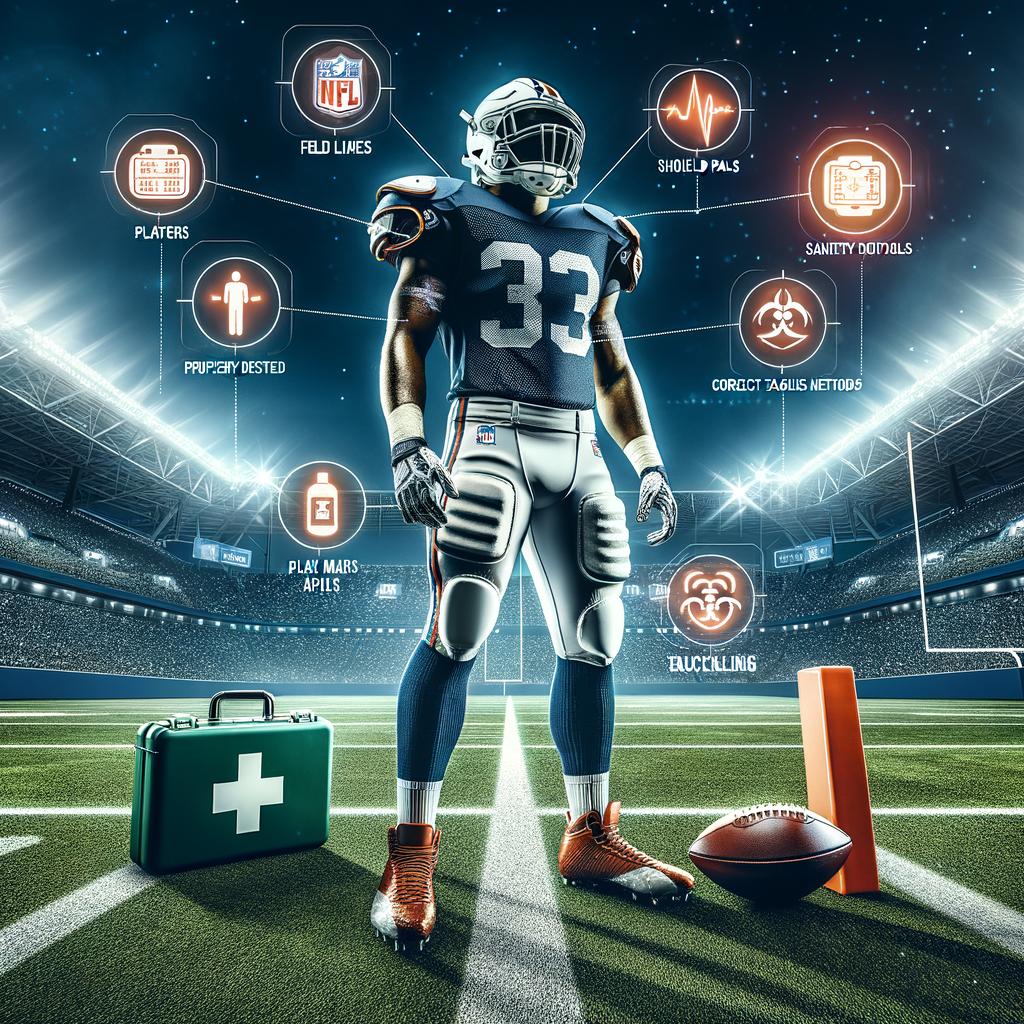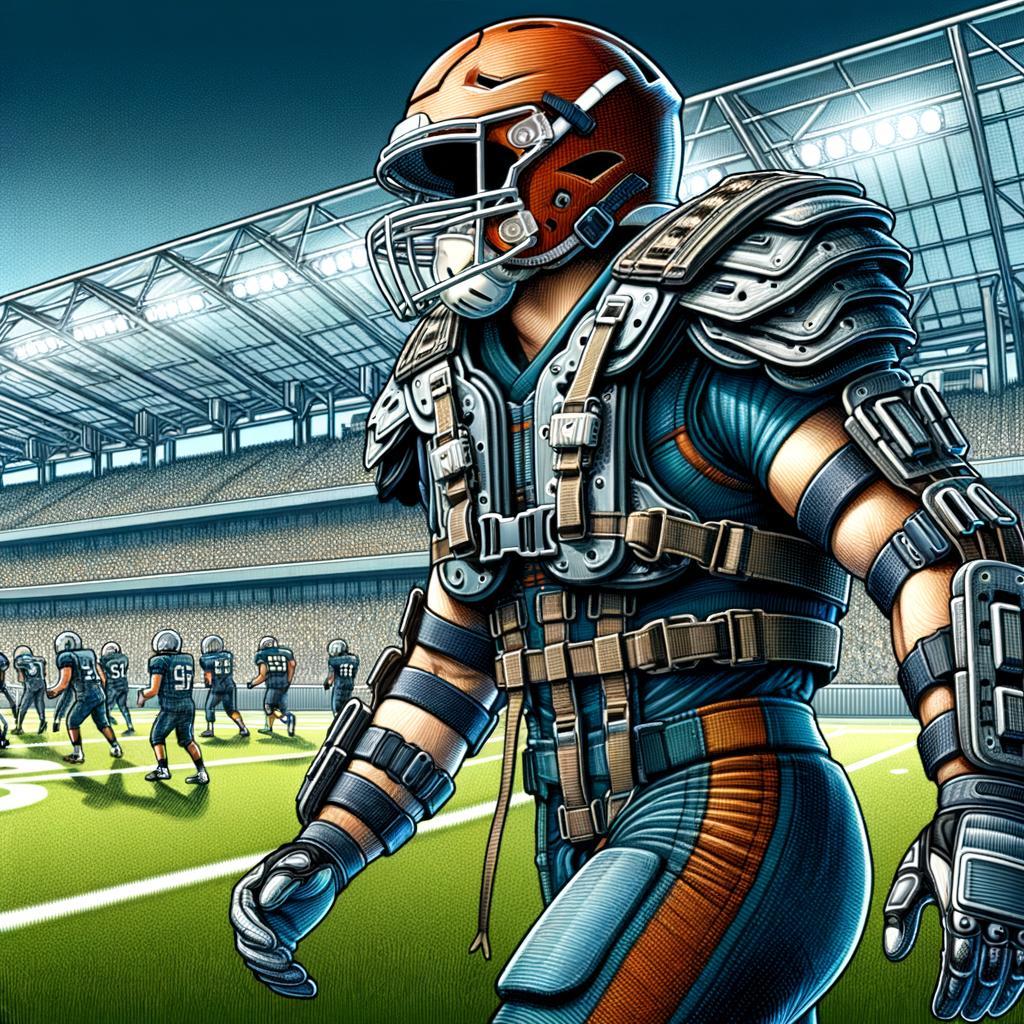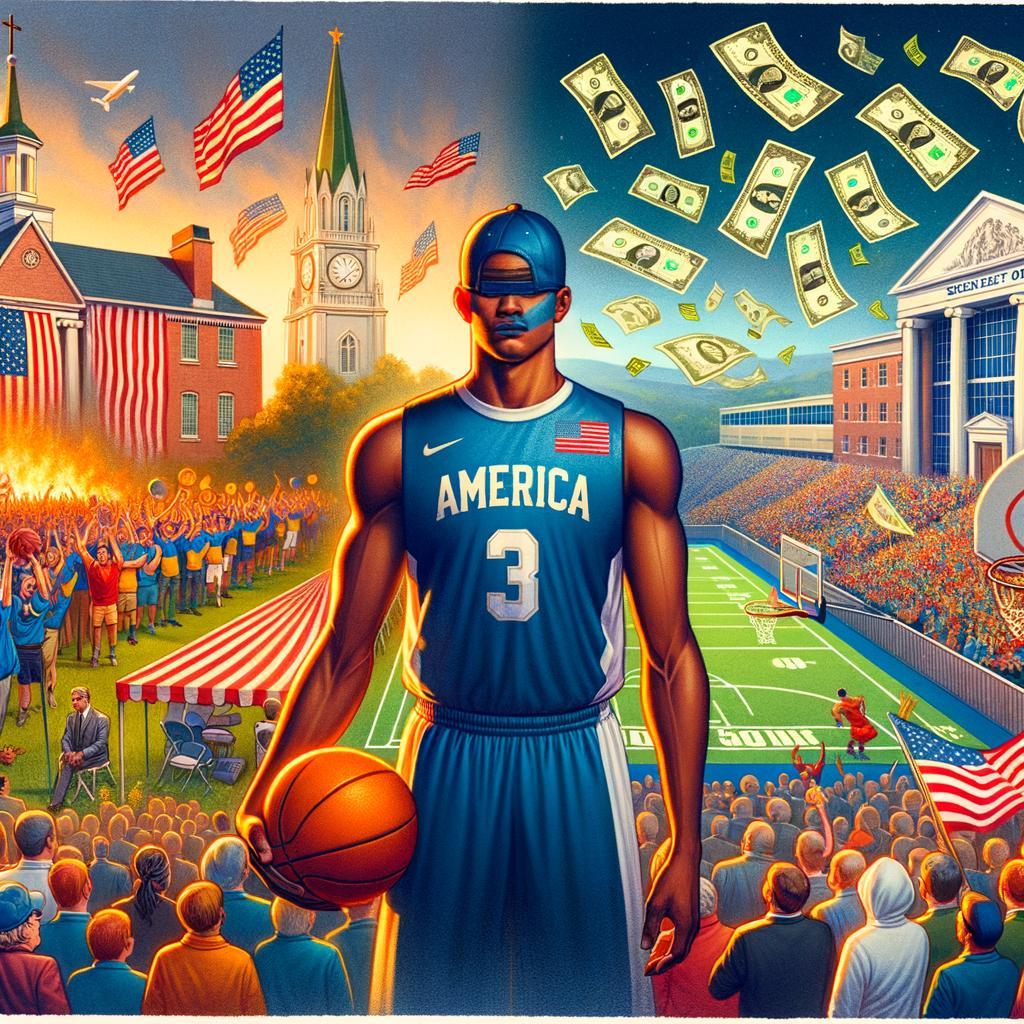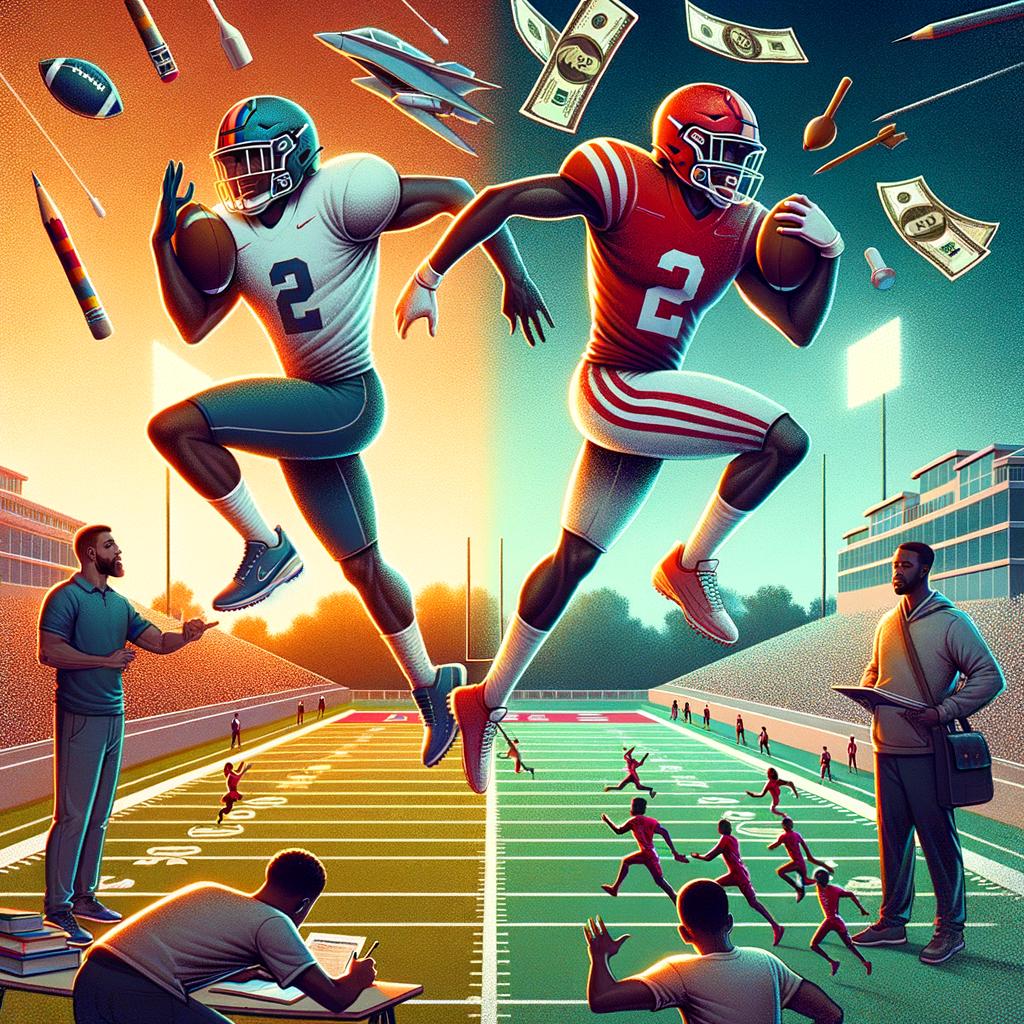Inside the Controversy: NFL’s New Player Safety Protocols
In recent years, the National Football League (NFL) has faced mounting scrutiny over player safety, particularly in light of growing concerns about concussions and their long-term effects on athletes’ health. As the league strives to protect its players while maintaining the intensity and excitement that fans cherish, new safety protocols have been introduced—sparking a heated debate among players, coaches, medical professionals, and fans alike. Critics argue that these measures often fall short of effectively safeguarding players, while advocates contend that they represent a necessary step toward fostering a safer environment in one of America’s most beloved sports. This article delves into the contentious landscape surrounding the NFL’s new player safety protocols, examining the motivations behind them, the reactions they’ve elicited, and the implications for the future of professional football. By understanding the intricacies of this debate, we can better appreciate the delicate balance between preserving the game’s fierce competitiveness and ensuring the well-being of its athletes.
The revised player safety protocols in the NFL have sparked much discussion, particularly as the league aims to strike a balance between ensuring player safety and maintaining high performance levels on the field. These changes were largely borne out of increased scrutiny regarding head injuries and the lasting repercussions of concussions. With recent high-profile cases highlighting the dangers athletes face, the NFL has responded with measures such as stricter concussion protocols and enhanced medical evaluations. The emphasis now rests on proactive health management and equipping teams with better resources to address injuries before they escalate. This commitment reflects the league’s growing awareness of players’ long-term well-being beyond career-ending injuries.
To further enhance the effectiveness of these protocols, several recommendations can be considered essential for a safer future in NFL play. First, implementing more rigorous training for coaching staff and medical personnel on identifying symptoms of concussions can empower teams to act swiftly. Second, fostering a culture that prioritizes health over performance will encourage players to report injuries without fear of repercussion. Third, expanding the use of advanced technology for injury detection and recovery monitoring can aid in maintaining player readiness while minimizing risks. By taking these steps, the NFL can build a sustainable framework that upholds both the integrity of the game and the safety of its players.
| Current Protocols | Recommended Enhancements |
|---|---|
| Stricter concussion protocols | More comprehensive training for staff |
| Pre-game and post-game health evaluations | Cultural shift towards prioritizing health |
| Access to medical professionals | Implementation of advanced monitoring technology |
The Way Forward
As we conclude our exploration of the NFL’s new player safety protocols, it is clear that this initiative is both a necessary evolution in the sport and a complex response to a growing demand for athlete protection. While the debate surrounding these protocols is multifaceted, encompassing opinions from players, coaches, medical professionals, and fans, one thing remains undeniable: the health and safety of the players must take precedence.
As the league navigates the intricacies of implementing these changes, it invites all stakeholders to engage in constructive dialogue. This is an opportunity not just to improve safety measures but to foster a culture of awareness and responsibility within the sport. In a league as influential as the NFL, setting a precedent for player welfare can lead to a ripple effect across all levels of football, inspiring future generations to prioritize health without compromising competitive spirit.
the choice is ours—let us support these necessary advancements and advocate for a game that honors both the thrill of competition and the well-being of its athletes. The road ahead may be challenging, but with collective dedication, we can ensure that football remains both a beloved sport and a safer environment for all who play it.


